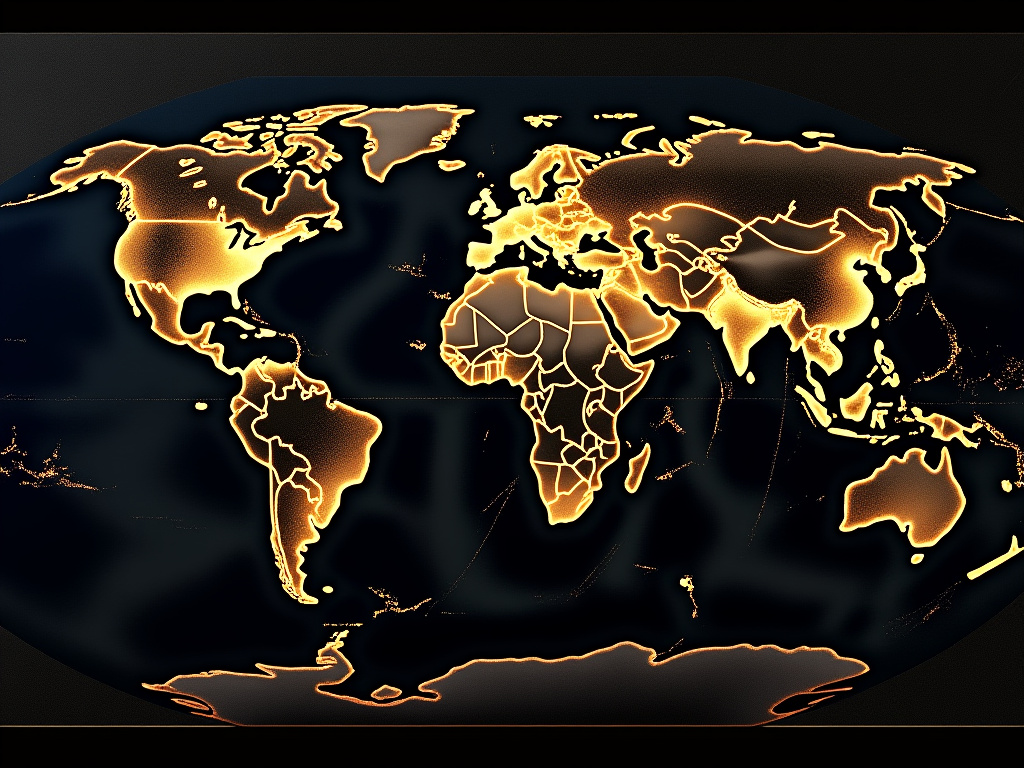Photo Credit: Adobe Stock
As stablecoins gain traction across the globe, their potential to transform financial systems in African countries is becoming increasingly evident.
Stablecoins have gained significant traction in Africa, as they offer solutions to some of the continent’s most pressing economic challenges, such as currency volatility, inflation and limited access to traditional banking services. The path to widespread adoption, however, is fraught with hurdles to be addressed. In this article we delve into the challenges hindering their widespread adoption and highlight some initiatives aimed at overcoming these obstacles.
Regulatory Uncertainty
One very significant obstacle to stablecoin adoption in Africa is regulatory uncertainty. Many African countries lack clear regulatory frameworks for digital currencies, leading to legal ambiguities and potential risks for users. This understandably deters a lot of people from getting involved. Governments and regulatory bodies are still grappling with how to classify and manage these new financial instruments, which can result in a lack of trust and hesitancy among potential users.
Internet Connectivity
Another major obstacle to stablecoin adoption: reliable internet access. Limited internet access in rural areas of Africa poses a significant barrier to the widespread adoption of stablecoins. The first step to stablecoins being used widely in Africa is being able to access to the internet. While mobile phone penetration is relatively high, reliable internet connectivity remains a challenge in many areas. This digital divide means that many people who could benefit from stablecoins are unable to access the necessary infrastructure to use them effectively to begin with.
This is a hurdle that is gradually being overcome through initiatives to provide internet access to rural areas; most notably, perhaps, the efforts from Elon Musk’s Starlink to offer his high-speed, remote internet access points in ever more countries across Africa. We take a look at some other efforts later on in this article.
Digital Literacy
African nations have undergone a ‘leapfrog’ in terms of technological advancements. New technologies are now available to people in ways that simply have not been the case in the past. While this presents enormous opportunity like never before, it also means a high learning curve as these technologies have previously been inaccessible. While improvements in infrastructure have brought more widespread access to the internet and thus digital technologies and economies, a considerable portion of the African population has had no experience with stablecoins – if they have heard of them at all – and lack the digital skills needed to use them effectively.
This is not unique to the African continent; stablecoins are a new technology, and people outside the crypto space likely have no idea what they are, let alone how they might use them. Digital literacy is therefore essential before stablecoins can become widespread. Adoption will explode once people can see how they can be used to benefit the individual, armed with the ability to securely manage digital assets and perform transactions – as well as avoid scams.
Without adequate education and training, the benefits of stablecoins may remain out of reach for many.
Currency Fluctuations
While stablecoins are designed to maintain a stable value (hence the name), local currency devaluation can still impact their perceived value. In countries with volatile currencies, the value of stablecoins relative to the local currency can fluctuate, and this understandably generates uncertainty for users. This challenge underscores the need for stable financial environments to support the adoption of digital currencies.
Security Concerns
The risk of hacking and fraud remains a significant challenge for the adoption of stablecoins in Africa. As digital assets become more prevalent, so do the threats from cybercriminals. Following several high-profile cases and warnings from governments and authorities, robust security measures and educating users about safe practices are crucial steps in mitigating these risks and building trust in stablecoin systems.
Economic Instability
Political and economic instability in some African countries can affect the adoption and use of stablecoins. Factors such as government policies, a lack of regulation, over-regulation, economic sanctions and social unrest can create an unpredictable environment, making it difficult for stablecoin initiatives to gain a foothold. Stability and supportive policies are essential for fostering the growth of stablecoin ecosystems.
Initiatives to Promote Stablecoin Adoption
Nigeria: Central Bank Digital Currency (CBDC)
Nigeria has been at the forefront of stablecoin adoption in Africa. The Nigerian government announced the introduction of its first regulated Naira stablecoin, cNGN, which is already interoperable with the Binance Smart Chain and Bantu network. This initiative aims to provide a stable and accessible financial tool that addresses real, day-to-day challenges like currency instability and high remittance costs.
South Africa: Emphasis on Digital Payments
The South African government emphasized its focus on digital payments and tokenization in its 2024 Budget. This move is part of a broader strategy to promote financial inclusion and modernize the country’s financial infrastructure. By supporting digital payments, South Africa aims to create a more inclusive and efficient financial system.
Regional Initiatives: Africa Stablecoin Consortium (ASC)
The Africa Stablecoin Consortium (ASC) is a pan-African body dedicated to driving stablecoin adoption and promoting best practices across the continent. The consortium collaborates with regulators and policymakers to create a compliant, secure and innovative financial ecosystem through advocacy and training. By working together, ASC aims to overcome regulatory challenges and foster a supportive environment for stablecoins.
Educational Programs
Various organisations and companies are launching educational programs to increase awareness and understanding of stablecoins in Africa. These initiatives aim to equip individuals with the knowledge and skills needed to navigate the world of digital currencies and make informed financial decisions. By fostering digital literacy, these programs help build a strong foundation for stablecoin adoption.
Infrastructure Development
Efforts are underway to improve internet connectivity and digital infrastructure in rural areas of Africa. There are many endeavours, from governments, investments, telecommunications companies and more. By expanding access to reliable internet and mobile networks, these initiatives aim to bridge the digital divide and enable more people to benefit from stablecoins. Improved infrastructure is crucial for the widespread adoption of digital currencies and financial inclusion.
The Outlook For Stablecoins In Africa
These obstacles do not have a quick fix, but the good news is that many of these obstacles are being addressed. We are seeing investments and initiatives from state, public and private sectors all across Africa, as people begin to recognise the potential and mutual benefits of having access to digital technologies. As innovative solutions are applied in one African nation, it acts as a model which paves the way for others to follow suit. So as we see more and more initiatives to improve the infrastructural and economic environments, we also see efforts to educate people in blockchain technologies and the utility of cryptocurrencies; all of which is creating an environment favourable for stablecoin adoption to continue to increase over time in African countries.



